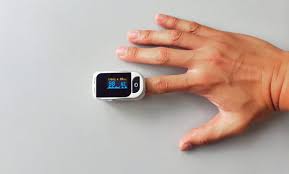
Interpreting Pulse Oximetry Readings: Your Window to Oxygen Saturation
Pulse oximetry is a noninvasive technique to measure oxygen degrees inside your bloodstream. It is a painless procedure that will help health care professionals evaluate how well your body is acquiring fresh air. O2 is necessary for our body to work properly, and absence of fresh air can lead to extreme health problems. In this posting, we’ll go over in more detail about pulse oximetry, how it works, when it’s required, and what the outcomes suggest for the well being.
How does pulse oximetry work?
pulse oximetry reading is a straightforward test which uses a medical product known as a pulse oximeter. The detector in the pulse oximeter usually clips onto a finger, toe, or earlobe. It shines two beams of gentle, a single red as well as the other infrared, throughout the blood vessels within your finger or earlobe. Fresh air-unique hemoglobin absorbs the red gentle, while oxygen-inadequate hemoglobin absorbs the infra-red lighting. The indicator procedures the lighting transmitted using your cells and calculates your oxygen saturation level, which is a portion of your highest level of fresh air your bloodstream can carry.
When is pulse oximetry required?
Pulse oximetry is a vital resource in numerous health-related options, which include private hospitals, unexpected emergency areas, and ambulances. It is also employed in identifying and monitoring numerous health concerns including bronchial asthma, long-term obstructive pulmonary condition (COPD), pneumonia, and lung diseases. In addition to this, pulse oximetry is also used during surgical procedures and also in rigorous attention products to keep track of the patient’s o2 saturation ranges.
What do the results indicate?
Generally, a person’s o2 saturation degree tumbles between 95 and 100 percent. Even so, in certain medical conditions, the oxygen saturation levels may decline below 90 %, suggesting not enough fresh air from the body’s muscle tissues. In this particular scenario, the medical-attention skilled should intercede to improve the blood air ranges. Nonetheless, it is important to note that reduced fresh air saturation amounts are certainly not always indicative of a medical crisis.
Great things about pulse oximetry:
Pulse oximetry is a noninvasive, simple, and fast test which can be done without demanding plenty of gear. It can be used in people of any age, from neonates to old grownups. It’s also a crucial instrument in remote control locations, where clinical assessments and devices could be limited, assisting medical doctors and healthcare professionals assess the patient’s situation or oxygen saturation levels, that can assist assess if the person requires additional health-related involvement.
In a nutshell:
Pulse oximetry is a crucial tool which allows healthcare professionals to observe air degrees in patients swiftly and effectively. It’s a noninvasive and pain-free analyze, rendering it an invaluable device in assessing oxygen saturation degrees and identifying health problems. As an economical and mobile analyze, it is also a vital tool in distant locations where healthcare services are limited. A lack of oxygen in your body can bring about critical health conditions, highlighting the significance of utilizing pulse oximetry like a diagnostic device both in unexpected emergency and non-unexpected emergency health care situations.


